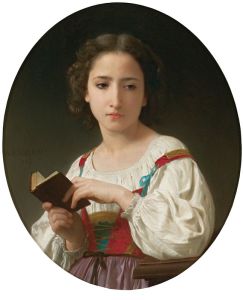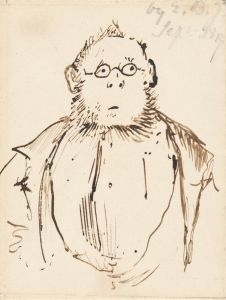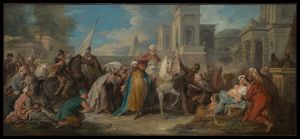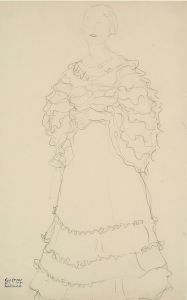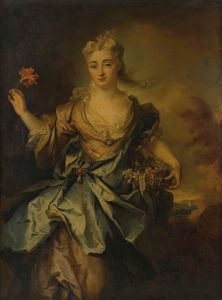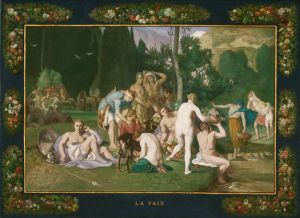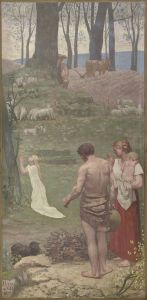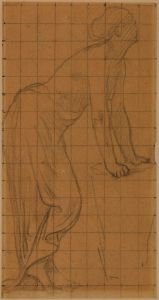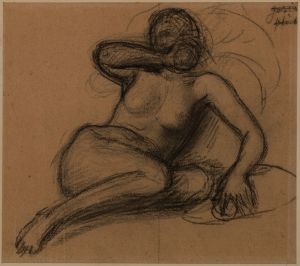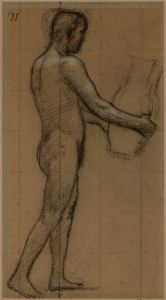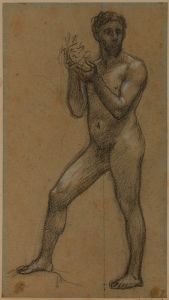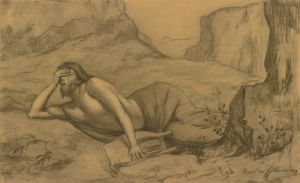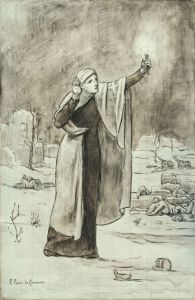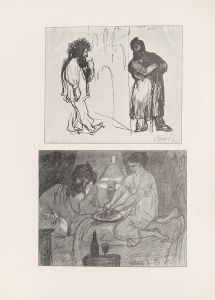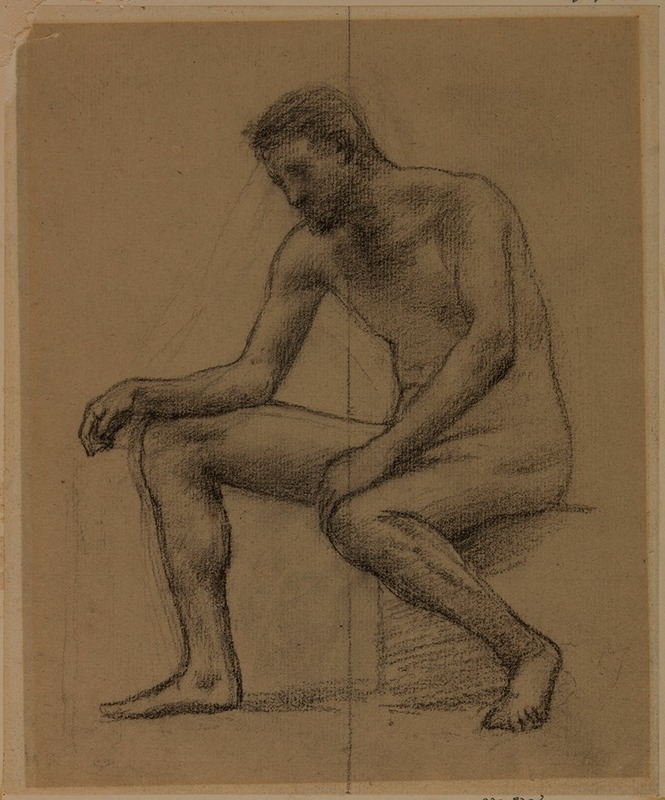
Homme nu assis
A hand-painted replica of Pierre Puvis de Chavannes’s masterpiece Homme nu assis, meticulously crafted by professional artists to capture the true essence of the original. Each piece is created with museum-quality canvas and rare mineral pigments, carefully painted by experienced artists with delicate brushstrokes and rich, layered colors to perfectly recreate the texture of the original artwork. Unlike machine-printed reproductions, this hand-painted version brings the painting to life, infused with the artist’s emotions and skill in every stroke. Whether for personal collection or home decoration, it instantly elevates the artistic atmosphere of any space.
Pierre Puvis de Chavannes was a notable French painter of the 19th century, renowned for his mural paintings and his influence on the Symbolist movement. However, specific information about a painting titled "Homme nu assis" by Pierre Puvis de Chavannes is not readily available in historical records or major art collections. It is possible that this title may refer to a lesser-known work, a study, or a piece that is not widely documented in public art databases or literature.
Puvis de Chavannes is best known for his large-scale mural works and his ability to convey allegorical and symbolic themes through a classical style. His works often feature serene and contemplative figures, and he was adept at using muted colors and simplified forms to create a sense of timelessness and universality. His influence extended to many artists and movements, including the Symbolists and Post-Impressionists, who admired his ability to evoke emotion and meaning through simplicity and harmony.
Puvis de Chavannes was born on December 14, 1824, in Lyon, France. He initially studied engineering but later turned to painting, studying under several artists, including Eugène Delacroix. He developed a unique style that set him apart from his contemporaries, focusing on idealized and often allegorical subjects. His work was characterized by its calm and contemplative nature, often depicting figures in harmonious landscapes.
One of his most famous works is the series of murals at the Panthéon in Paris, which depict scenes from the life of Saint Genevieve, the patron saint of Paris. These murals exemplify his style, with their emphasis on clarity, balance, and a subdued color palette. Puvis de Chavannes' approach to composition and his use of space and form were highly influential, and his work was celebrated for its ability to transcend the specific and evoke the universal.
Despite his success with murals, Puvis de Chavannes also created easel paintings, which often explored similar themes of allegory and symbolism. His work was exhibited widely during his lifetime, and he received numerous accolades, including being named a member of the Académie des Beaux-Arts.
Puvis de Chavannes passed away on October 24, 1898, in Paris, leaving behind a legacy that would influence generations of artists. His work is housed in several major museums around the world, including the Musée d'Orsay in Paris and the Art Institute of Chicago.
In summary, while Pierre Puvis de Chavannes is a significant figure in the history of art, specific information about a painting titled "Homme nu assis" is not available in the public domain. His contributions to art, particularly in the realm of mural painting and his influence on later movements, remain well-documented and celebrated.





